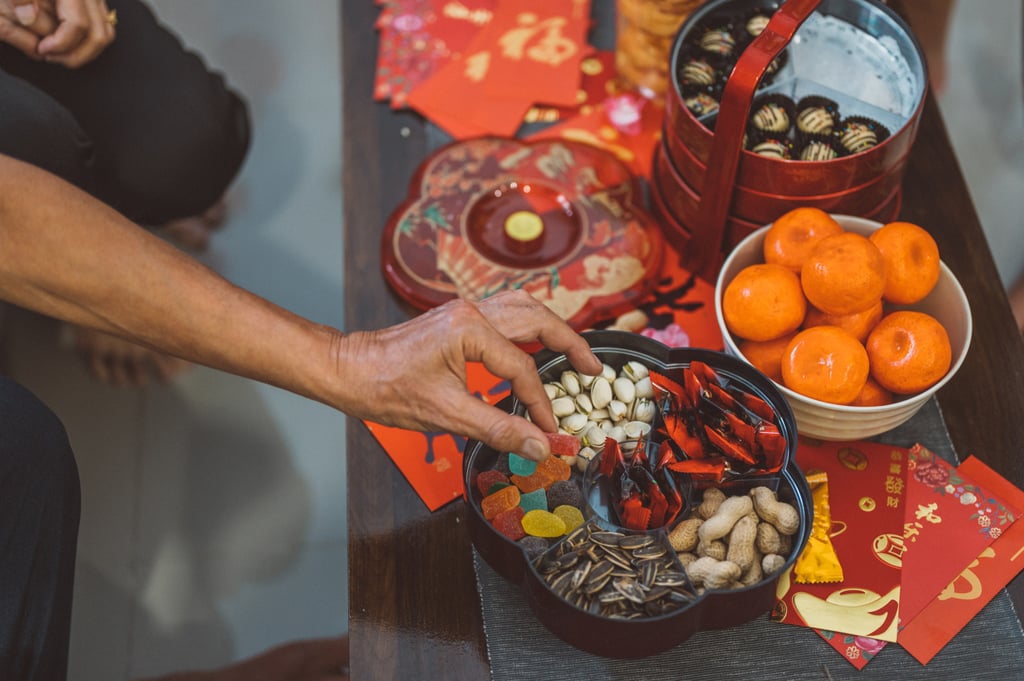Chinese New Year is not just about red packets, puddings and dumplings. Commonly seen in people’s houses during the festival, the chuen hup, also known as the togetherness box, is a veritable feast of tiny sweet treats that also carries rich cultural connotations and many beautiful and auspicious meanings.
Chinese New Year, also known in China as the Spring Festival, is the most important festival in the country, symbolising a farewell to the old, the ushering in of the new and the renewal of all things.
The Chinese believe that eating certain foods during the Spring Festival not only fills the stomach, but can also bring good luck and blessings. Chuen hup, as a vessel for storing such symbolic foods, is the embodiment of this belief, with the tradition dating back to China’s Ming dynasty (1368-1644).
The chuen hup – also known as zan hup, or quanhe in Mandarin – is usually a large round box divided into several compartments, each containing a different treat. Each type of snack represents different meanings and blessings for the coming year, such as luck, wealth, health and happiness.

Traditionally, the chuen hup has eight compartments, and the snacks within are collectively called the “Eight Sweets”.

